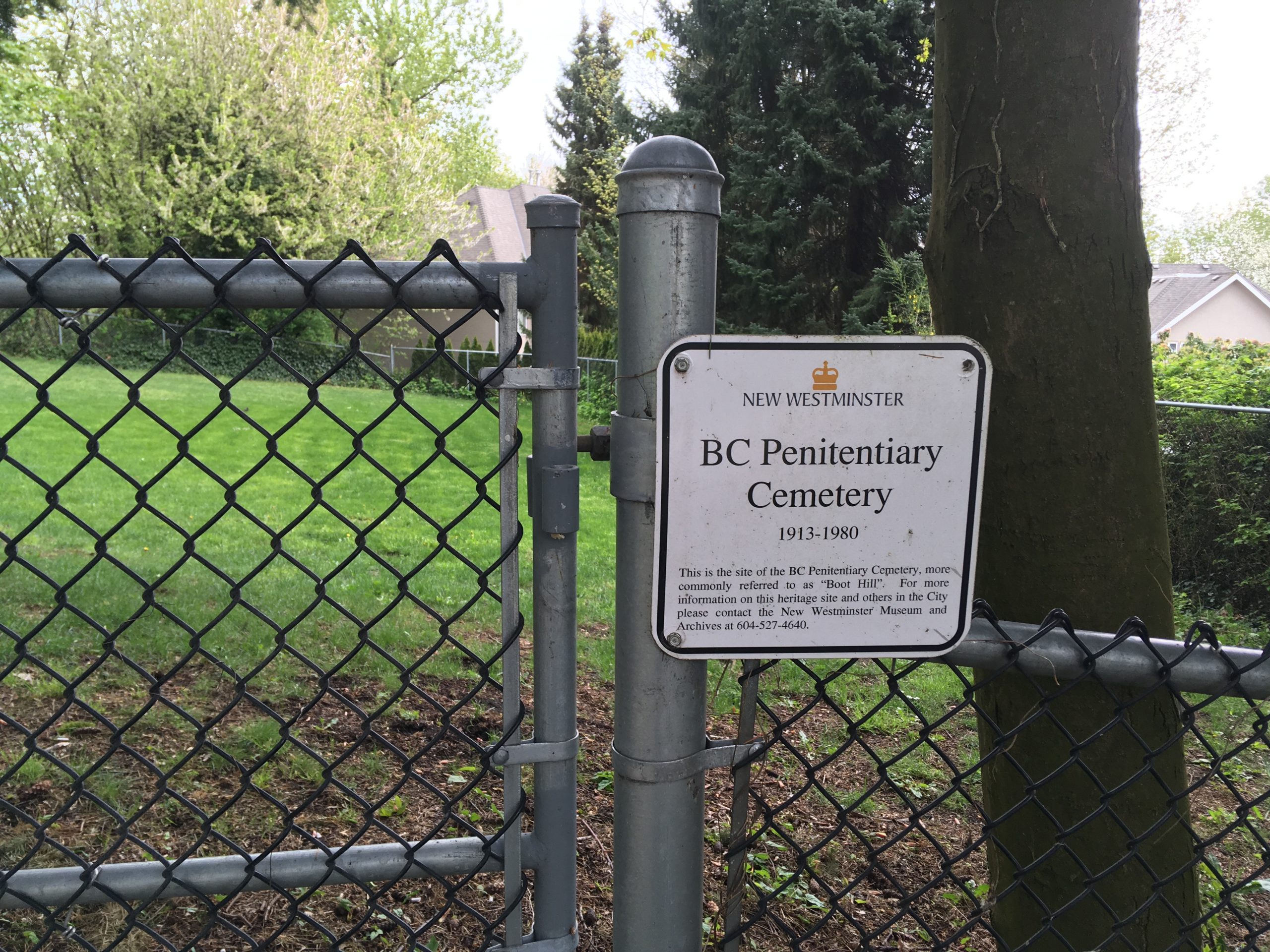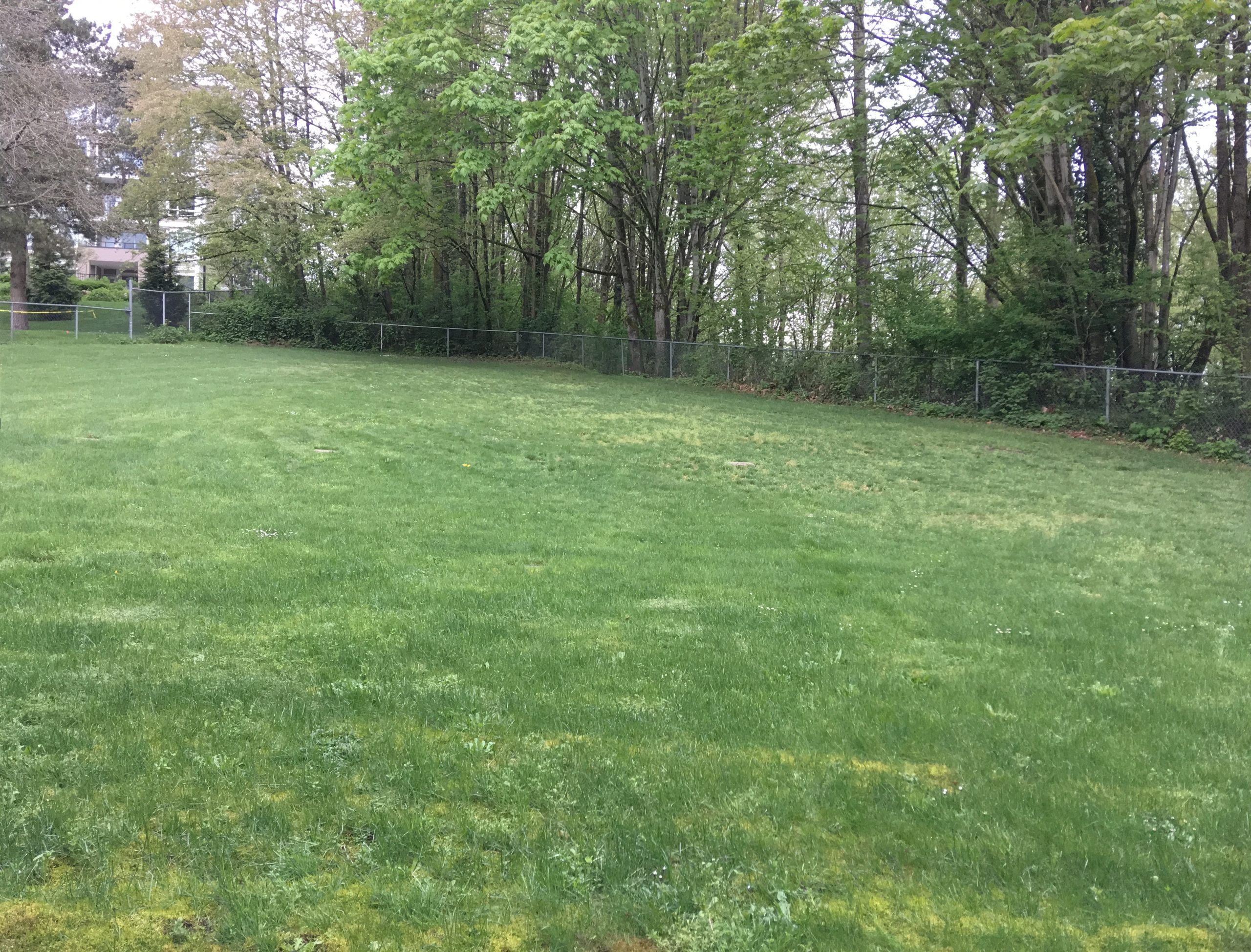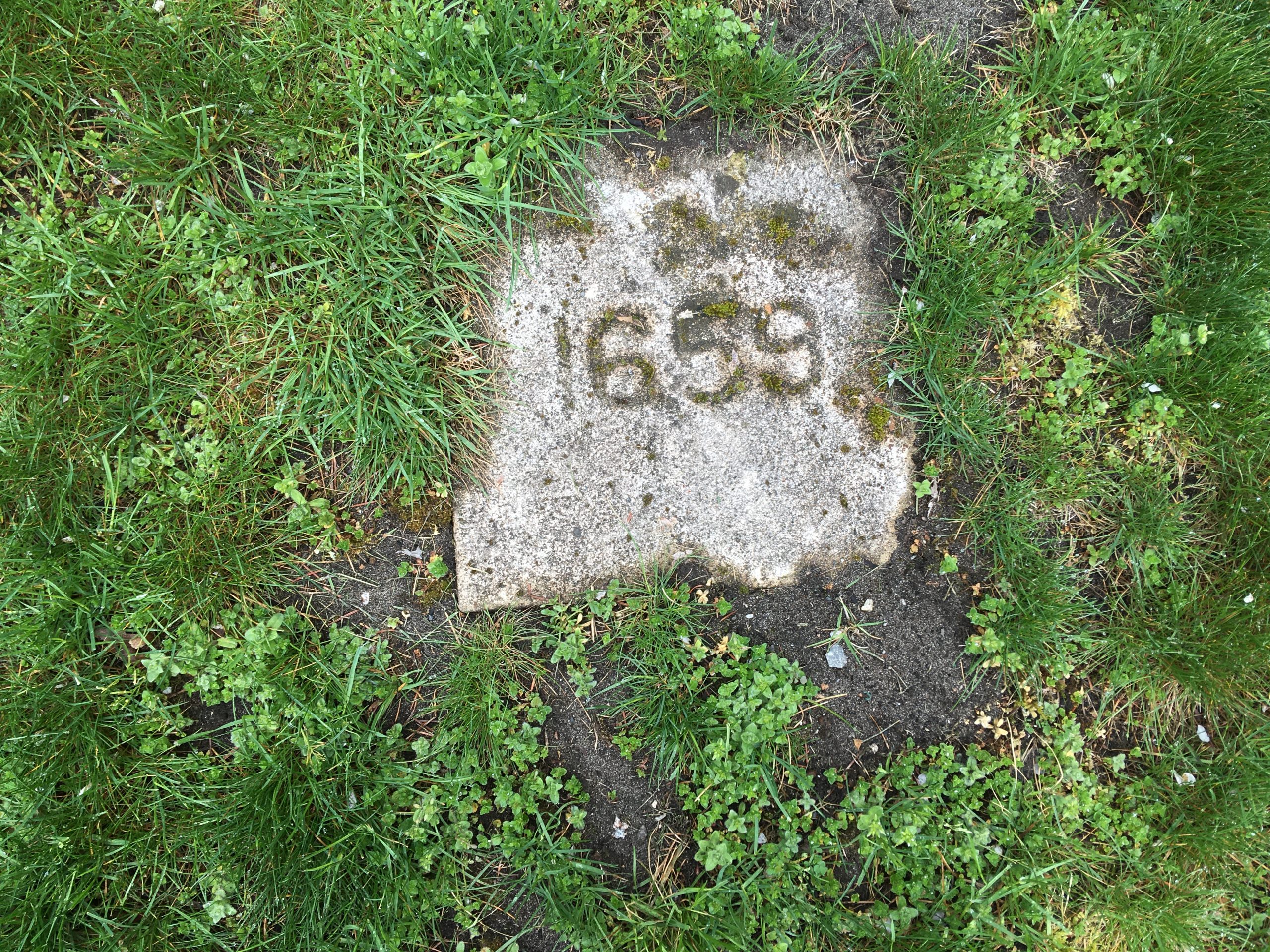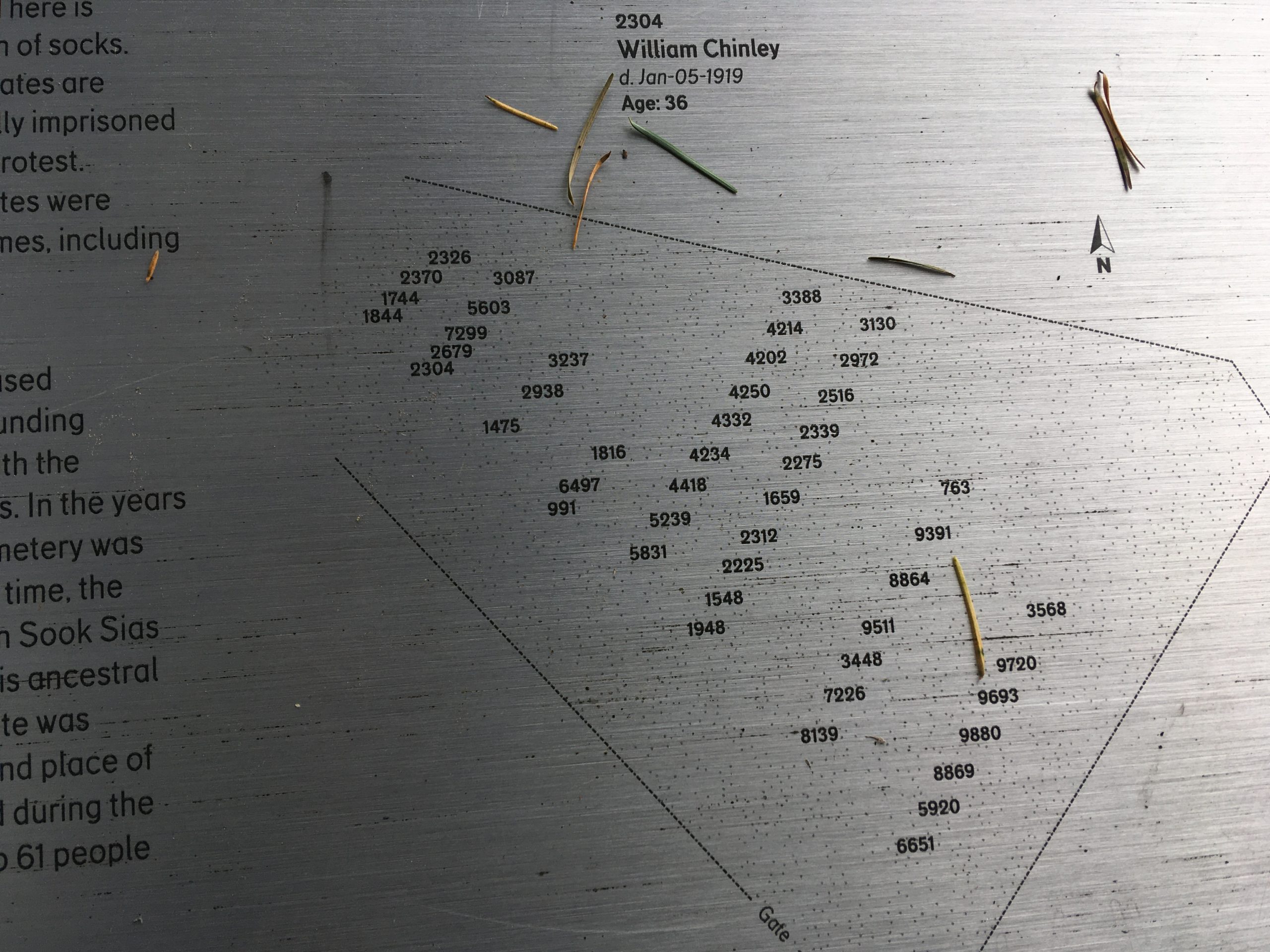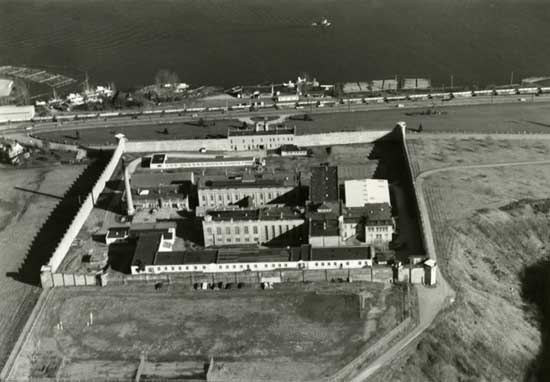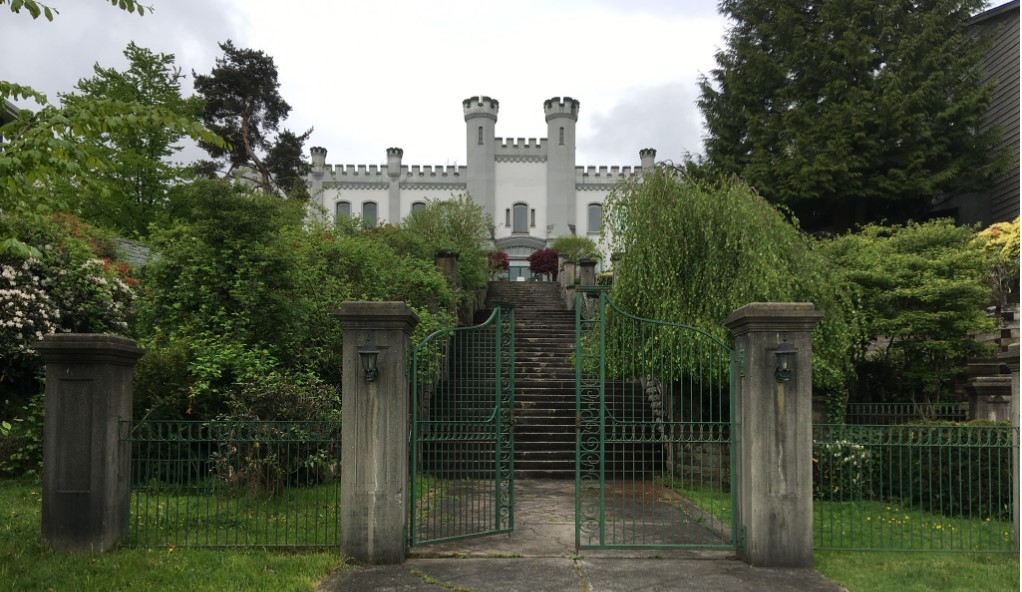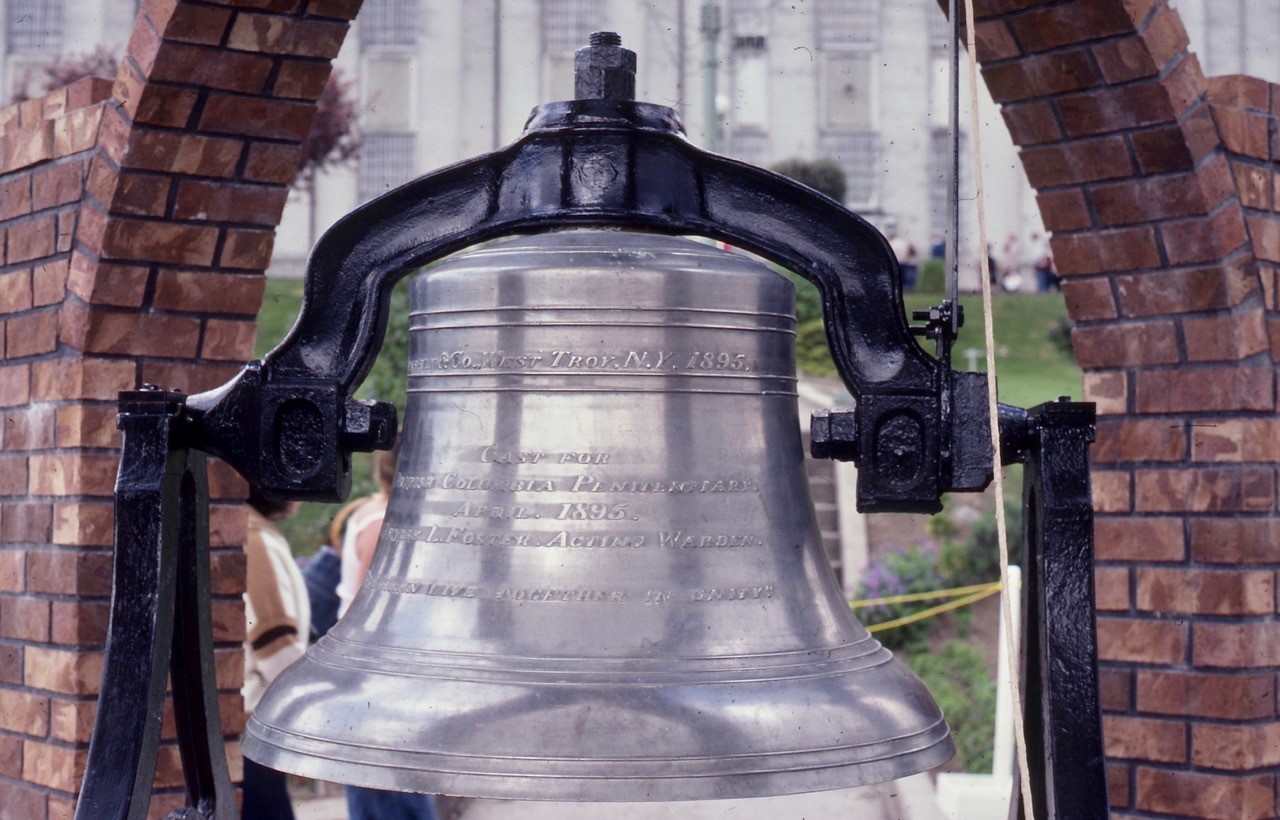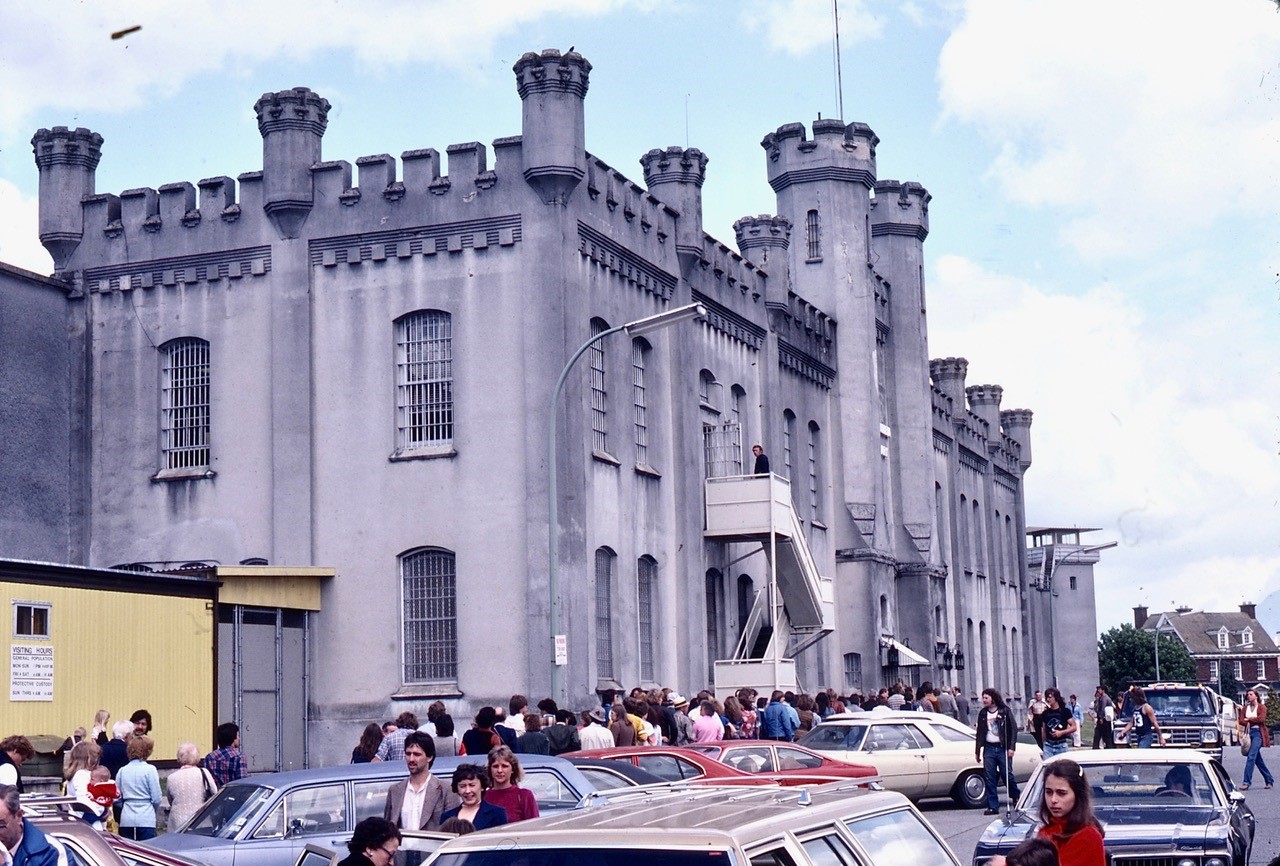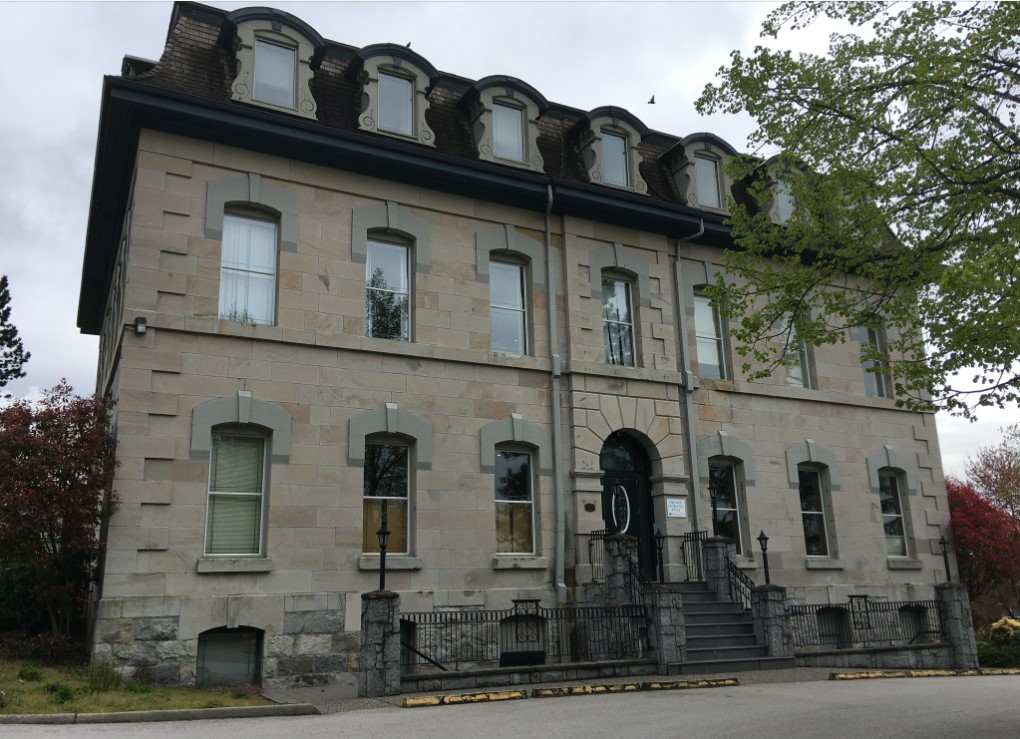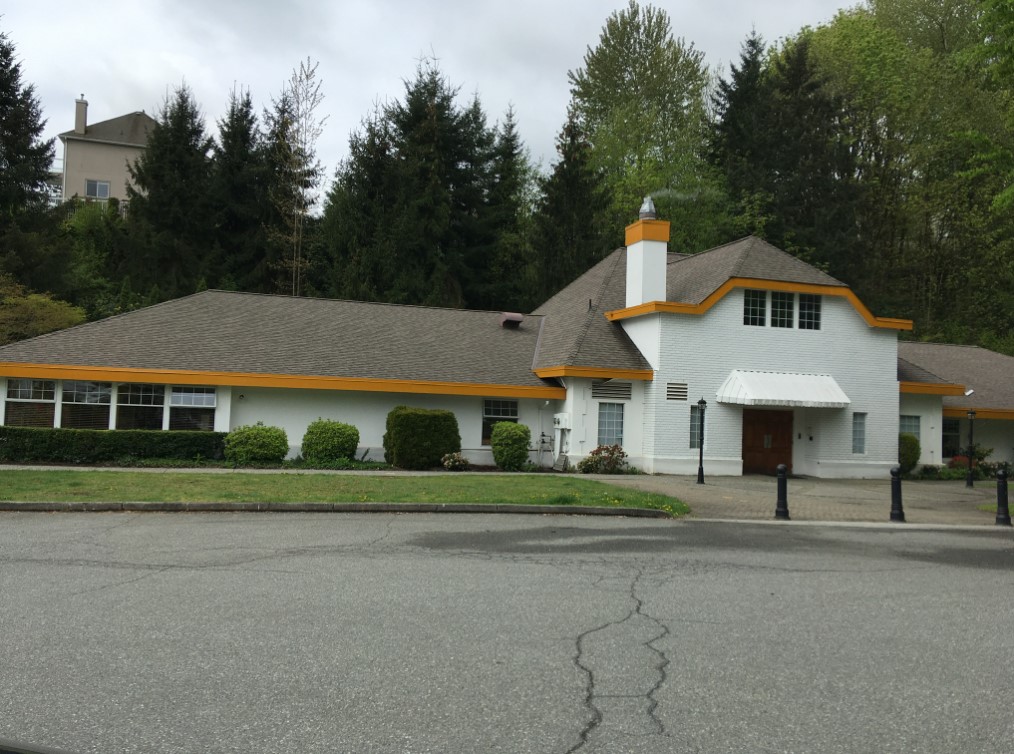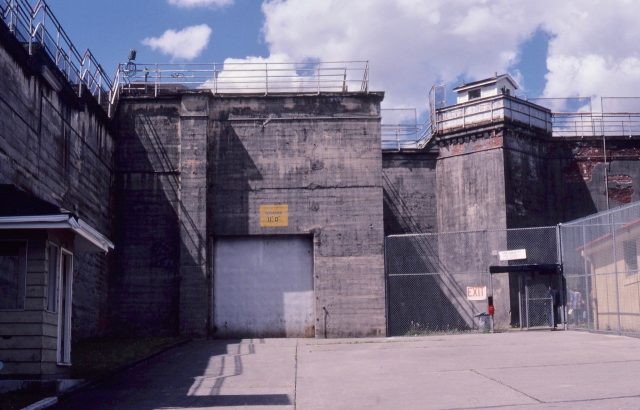
Maximum Security:
BC Penitentiary was a maximum-security federal prison plagued with riots throughout its 100-year life. There was the 1975 riot and hostage taking resulting in the death of Mary Steinhauser, a 32-year-old social worker. She was one of 15 hostages shot when police stormed the prison. Long before that, there was the 1934 riot when 78 prisoners refused to work unless they were paid. But perhaps the most bizarre, was the riot of 1963 when radio news hound Jack Webster became part of the story.
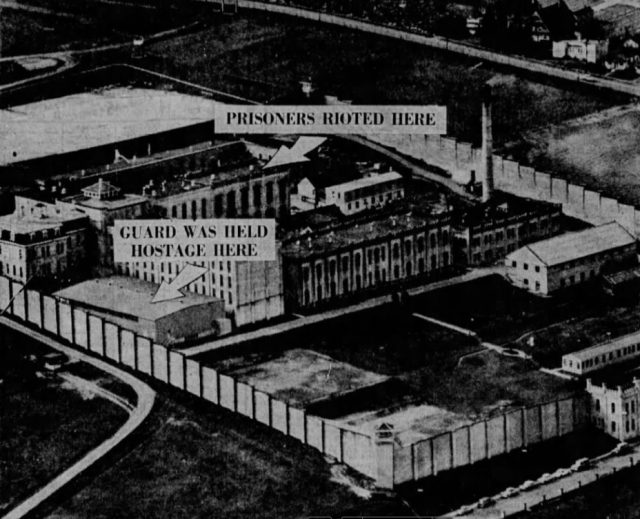
The Riot:
Just after 9 p.m. on April 19, 1963 prisoners Nelson Wood, 27, Gerard Caisy 28 and Wayne Carlson, 21 escaped through an auditorium window. They were spotted by prison guard Patrick Dennis who was patrolling with his dog. Dennis fired three shots in the air, before he was subdued by prisoners armed with hand-made knives and Molotov cocktails made with electric light bulbs filled with gasoline and fused with a twist of rag.
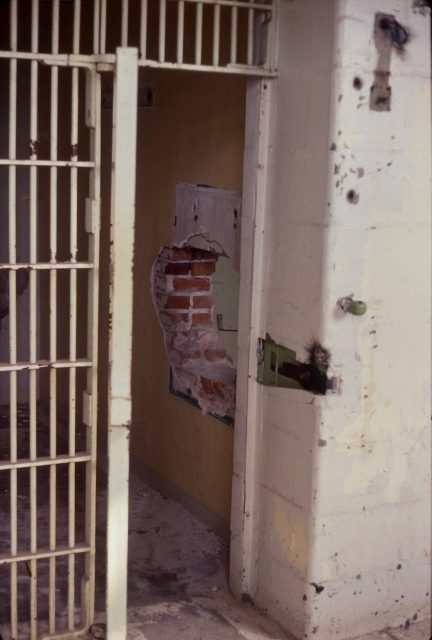
At 10 pm Warden Tom Hall, called Jack Webster and told him there was trouble at the pen and asked for his help. “They want to speak with Lester Pearson or Webster. We can’t get Lester Pearson, so we’re calling you” Hall told him.
Webster:
When Webster arrived, Dennis was sitting in a chair, his hands bound behind his back with copper wire, and another loop of the wire running from his wrists to around his neck. Three knives were held at his face. Another 15 prisoners who either stayed for support or couldn’t get out, played handball, dozed on mattresses or just made up the audience, but otherwise didn’t get involved.
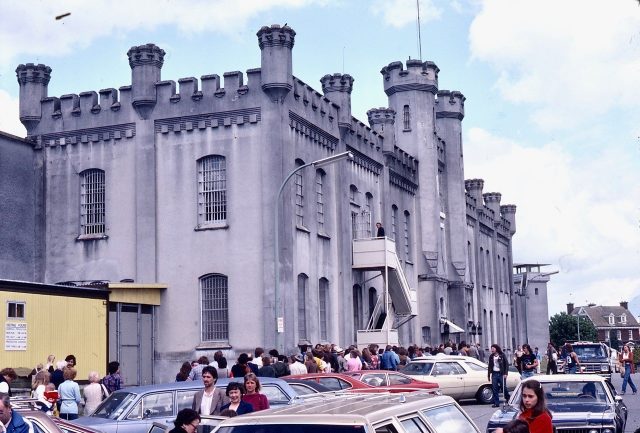
In another part of the prison a couple of hundred prisoners smashed windows, furniture, toilets and sinks. They ripped out pipes, tore doors off their wooden frames and burned walls. RCMP reinforcements and troops from Chilliwack were called in and fired tear gas into the building before storming the blocks.
After 12 hours, the hostage takers said they would let Dennis go if Warden Hall guarantee that Caisy and Carlson would be transferred to St. Vincent de Paul Penitentiary in Montreal and Wood to Stoney Mountain near Winnipeg prison so his wife could be closer to her family.
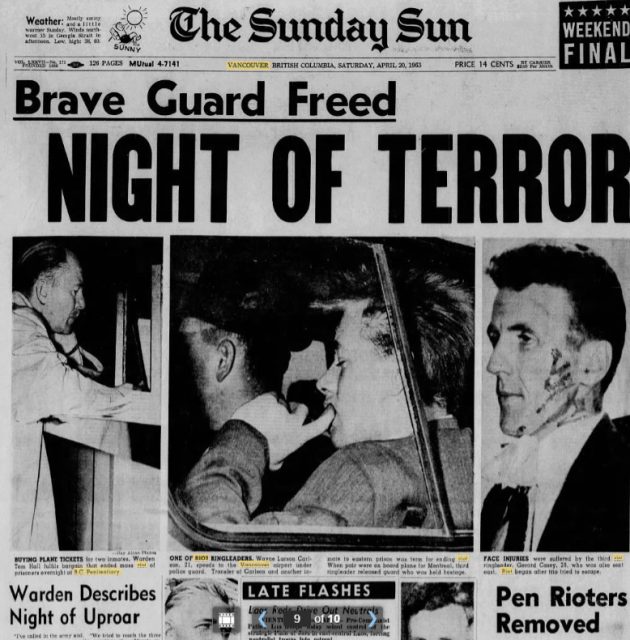 Webster brokered the deal and the prisoners were put on flights to Montreal and Winnipeg, and at 11:00 the next morning, Webster told the media: “the guard is free.”
Webster brokered the deal and the prisoners were put on flights to Montreal and Winnipeg, and at 11:00 the next morning, Webster told the media: “the guard is free.”
The headline on his own story in the Vancouver Sun two days later was: “Night of Terror: I was Afraid it Would End in Murder,” and can’t you just hear him saying that in his Scottish brogue.
© Eve Lazarus, 2022
Related:



